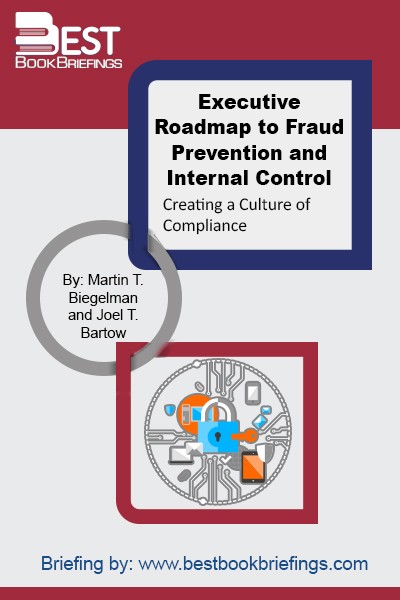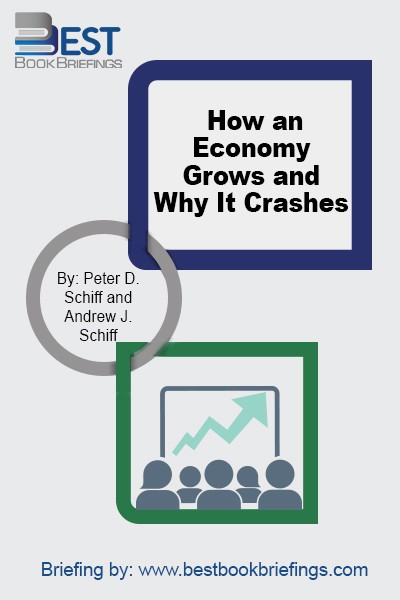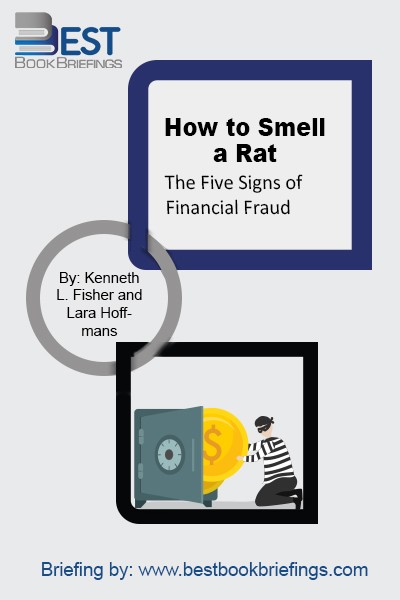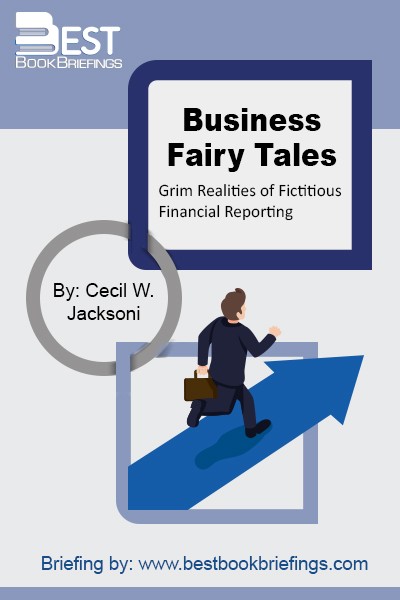Business Fairy Tales
Grim Realities of Fictitious Financial Reporting
Number of pages: 281
Publisher: South-Western Educational Pub
BBB Library: Corporate Success
ISBN: 9780324305395
Editorial Review
On the heels of the Enron trial, there are many lessons to be learned from the barrage of fraud hammering corporate America -- including how to spot signs of future impropriety. In a gripping and intriguing read, BUSINESS FAIRY TALES uses real-world scandals to illustrate the top twenty most common methods used by companies to fraudulently overstate their earnings and hide their debt. Based on an analysis of the frequency of Securities and Exchange Commission (SEC) enforcement actions, it identifies the twenty most prevalent accounting schemes. The book explains each accounting trick with a detailed, engaging story of a company and the officials who committed a spectacular version of that method of fictitious financial reporting. It goes behind the scenes to describe the organization's acts of deception, and to examine the character failures of the leaders. In addition to the specific cases, the book presents a compelling argument for the kind of reform that is needed, as well as the ethical frameworks that must support authentic reform. Ultimately, BUSINESS FAIRY TALES equips and empowers readers with the skills to spot signs of potential accounting fraud so that investors and employees can be forewarned of future financial shocks. It provides analysts and students with the specific, tell-tale signals of the top twenty financial-reporting frauds and schemes -- signals that are inevitably left behind in financial statements that have been manipulated.
Book Reviews
Books on Related Topics

Arresting every fraudster and punishing him are very expensive and require a lot of unavailable human and financial resources. The damaging effects of fraud would not be reversed, nor would lost assets or reputations be restored when fraud is discovered. It is economically more feasible to prevent fraud than to detect

In 2007, when the world was staring into the teeth of the biggest economic catastrophe in three generations, very few economists had any idea there was any trouble lurking on the horizon. Three years into the mess, economists now offer remedies that strike most people as frankly ridiculous. We are told

2008 and 2009 will be remembered for bear markets, a global credit crunch and some of the largest investment scams ever. But these scams are nothing new; from Charles Ponzi to Bernard Madoff to Sir R. Allen Stanford, they've been repeated throughout history, and there will certainly be more to come

One factor, more than any other, causes the problems business leaders fear most. Lackluster performance, sinking profits, and unmet stockholder expectations all stem from one source: a massive decline in employee engagement. Rather than blaming employees themselves for the decline, however, the Workplace Accountability Study reveals how to fix it: the



